‘Most’ households so far are resilient to rate hikes, financial regulators say
The findings from the powerful Council of Financial Regulators provide cover for the Reserve Bank to continue to hike interest rates.
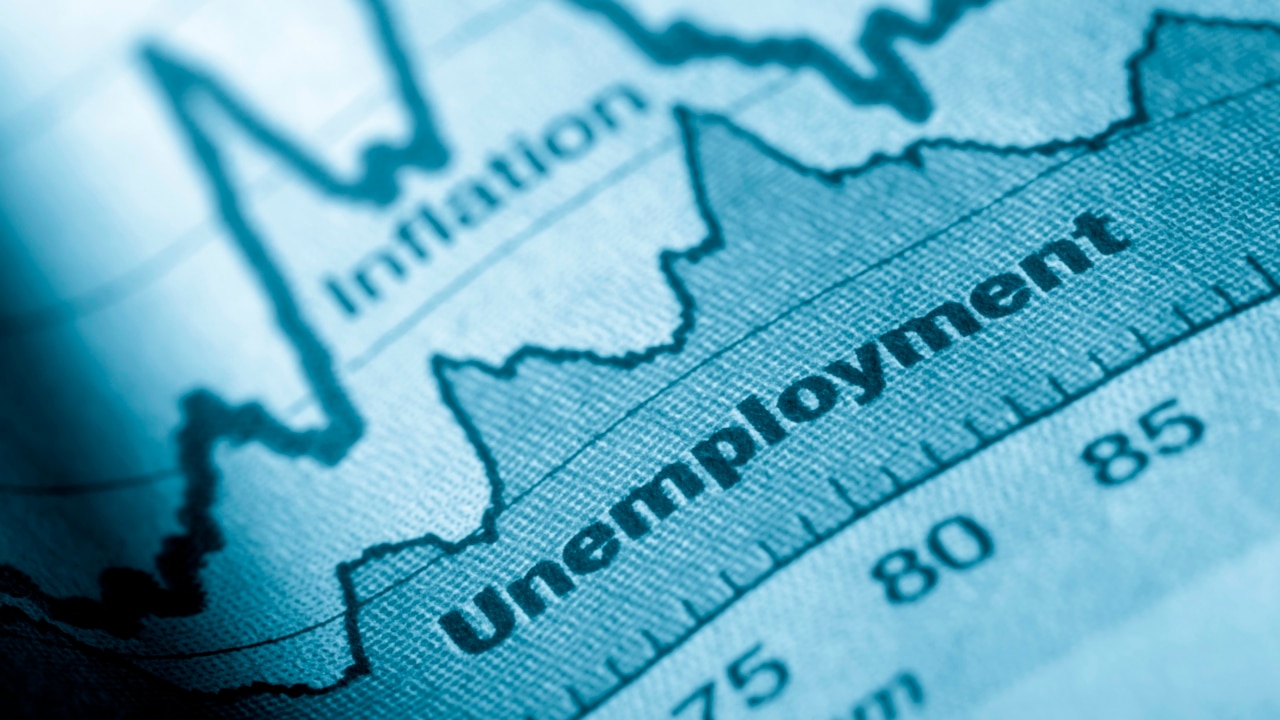
The powerful Council of Financial Regulators says aggressive rate rises have not triggered widespread financial distress, providing cover for the RBA to continue to increase the cash rate as boomer households keep spending even as middle-aged Australians are squeezed hard.
The council, which is chaired by RBA governor Philip Lowe and includes Treasury secretary Steven Kennedy and top officials from APRA and ASIC, found the cost-of-living crunch, soaring mortgage bills and climbing rents have left some households “suffering significant pressure on their finances”.
These households included “those on lower incomes (including many renters) and those with low savings buffers and high levels of debt relative to their income”.
But in a statement on Wednesday, the CFR said “most households are well-placed to manage the impact on budgets due to strong labour market conditions and sizeable saving buffers”.
The share of mortgage holders falling behind on their repayments “has increased a little, albeit from very low levels”, it said.
The RBA earlier this year flagged more than 800,000 households could suffer a major mortgage repayment shock as they rolled off ultra-cheap fixed-rate loans to variable loans charging interest rates of 5-6 per cent.
The CFR, however, found that the relatively benign experience across home borrowers “includes fixed-rate borrowers who have, to date, generally managed the transition to higher interest rates at the end of their fixed term”.
The council said it continued to “closely monitor the resilience of Australian households to higher interest rates and cost-of-living pressures”, and that it would also keep a close eye on “lenders’ approaches to supporting customers experiencing financial hardship or other changes in financial circumstances”.
Despite a drop in the household savings ratio in the recent national accounts, Australians have barely begun to run down the $230bn in extra savings accumulated during the pandemic.
Jarden chief economist Carlos Cacho estimated households in total could still draw on $200bn in extra savings accumulated in the Covid lockdowns, down only slightly from the peak of about $230bn in early 2022.
The RBA says this still substantial cash buffer is playing a role in cushioning the hit to spending from soaring interest rates and the high cost of living.
The recent property price recovery is also blunting the impact of tighter monetary policy, Dr Lowe has said.
Mr Cacho said this cash pile would continue to dwindle over the coming two years, but not disappear: “It’s a very tough landscape for the RBA to navigate because it’s such a diverse landscape and there are such large buffers to work through before you see the impact of those rates rise starting to hit home.”
Only a third of the country’s nearly 10 million households have a mortgage, and Dr Lowe has acknowledged the blunt tool of interest rate hikes had “uneven” effects across the economy, but “this unevenness is not a reason to avoid using the tool that we have”.
This “unevenness” is also evident across age groups, with older Australians more likely to own their own homes outright and so actually benefiting from the additional income on savings from climbing interest rates.
Mr Cacho said those copping the biggest hit from climbing rates were aged between 35 and 44, estimating that this group’s disposable income would be 7 per cent lower by the end of this year than before the tightening cycle began.
In contrast, cash-rich over-65s were estimated to enjoy a 5 per cent boost to their incomes by December 2023. And while this oldest cohort socked away an extra $70bn in deposits between 2018 and 2022 – and 55-64 year-olds and additional $50bn – the 35 to 44-year-old households saved slightly less during this period.
“It’s these 35 to 44-year-old households who are getting squeezed from rate hikes, while older Australians can keep on spending,” Mr Cacho said.
Borrowers have been hit with 12 interest rate hikes in almost as many board meetings, and with grocery prices up by about 8 per cent over the year to April, high inflation has eaten into all household budgets.
Dr Lowe has come under intensifying political and public pressure as borrowers blame him for higher mortgage costs and hold him accountable for his infamous prediction in 2021 that the cash rate would stay at virtually zero until 2024.
Rental costs, meanwhile, have accelerated by 6 per cent in the past 12 months, the latest consumer price index figures show, and the RBA predicts tenants will experience increases of close to 10 per cent this year.
With Jim Chalmers due to announce a decision on Dr Lowe’s future in coming weeks, Anthony Albanese recently mocked the central bank governor, while the Treasurer said Australians would find it “difficult to understand and difficult to cop” the June 6 cash rate rise to 4.1 per cent.
Many economists now expect the RBA to increase the cash rate to 4.35 per cent at its next board meeting on July 4 after Dr Lowe said he had become more worried that inflation could prove harder to tame than previously thought.
Some economic analysts predict rates could reach 4.85 per cent, or even higher, before the central bank is done.


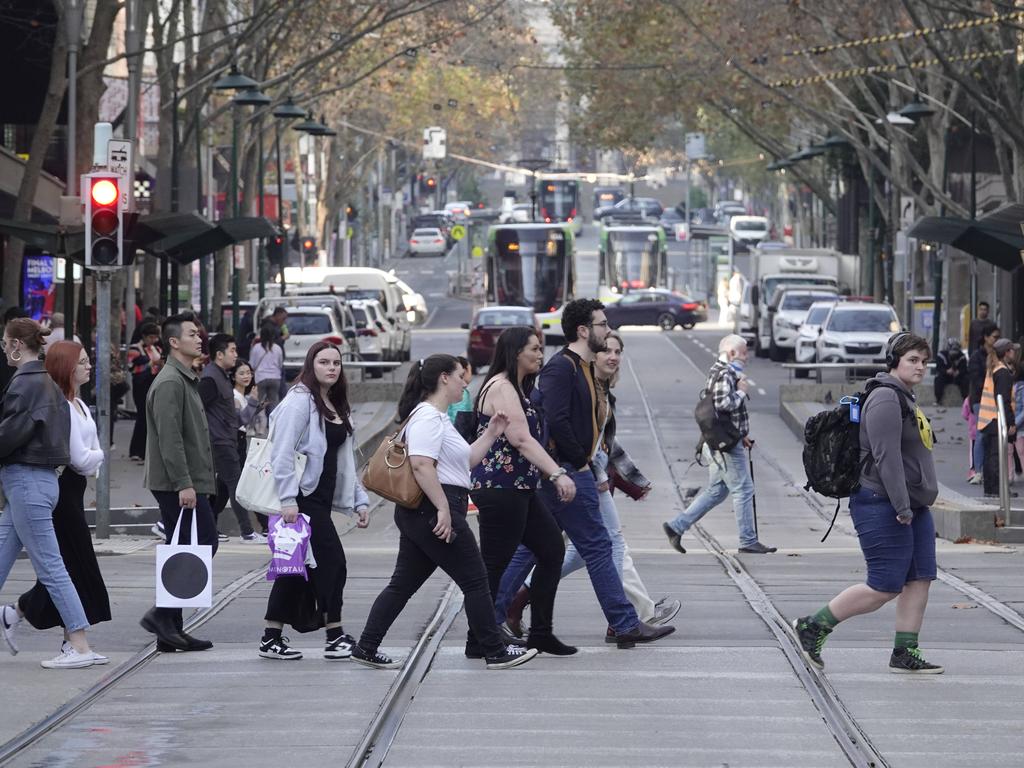
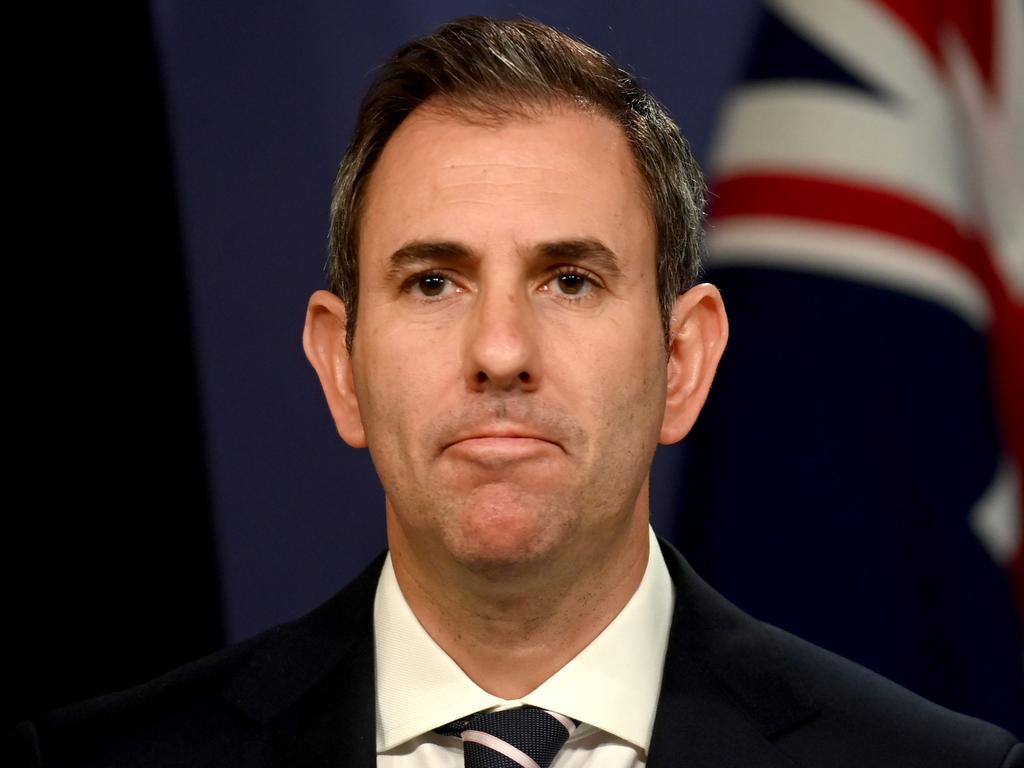


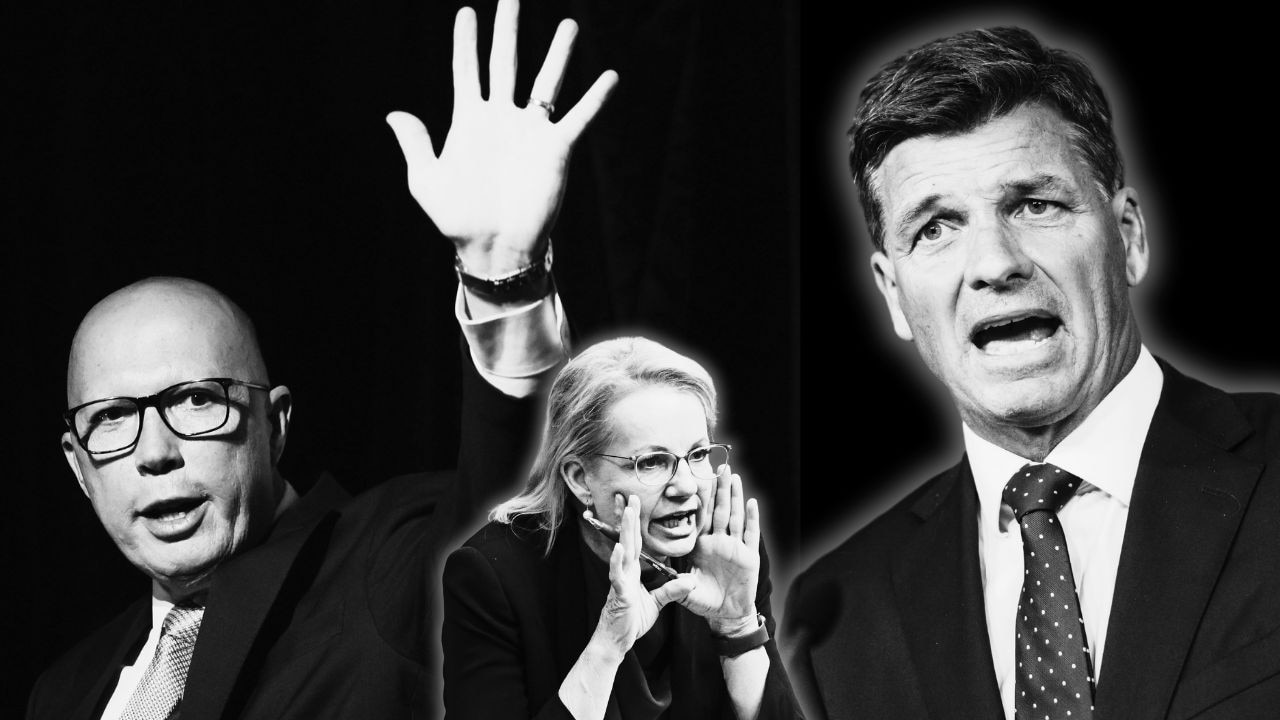
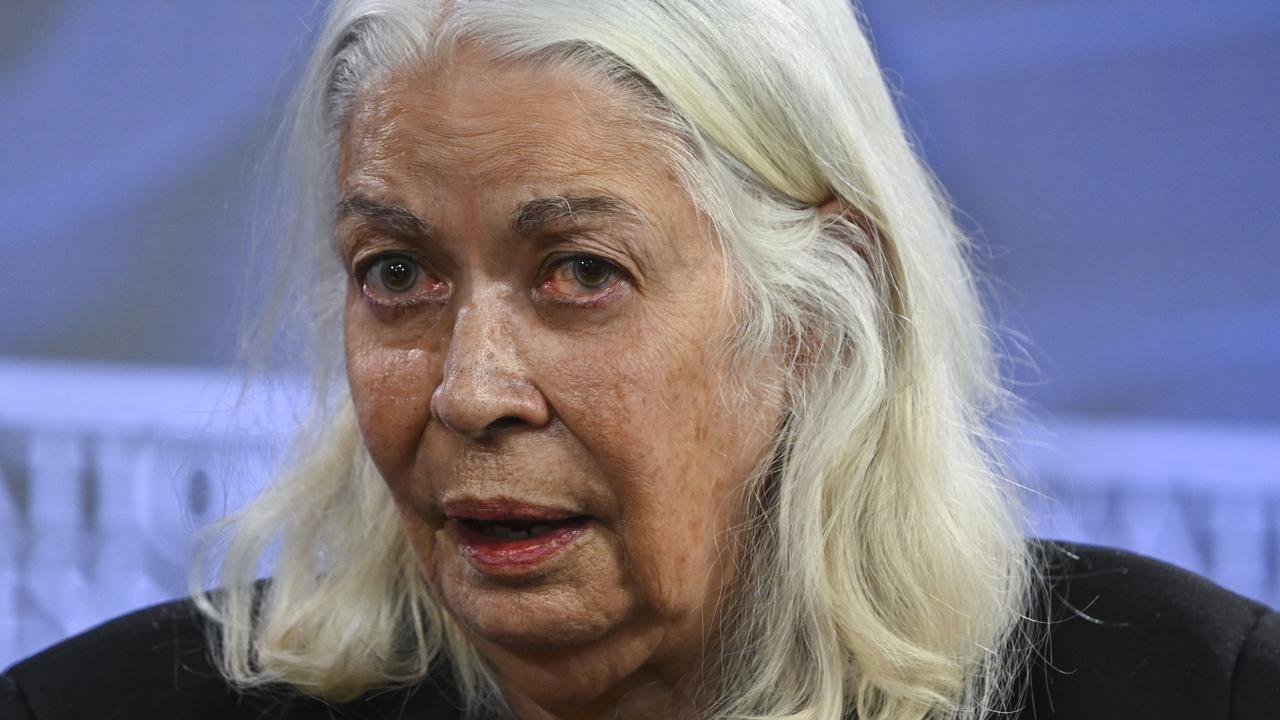
To join the conversation, please log in. Don't have an account? Register
Join the conversation, you are commenting as Logout